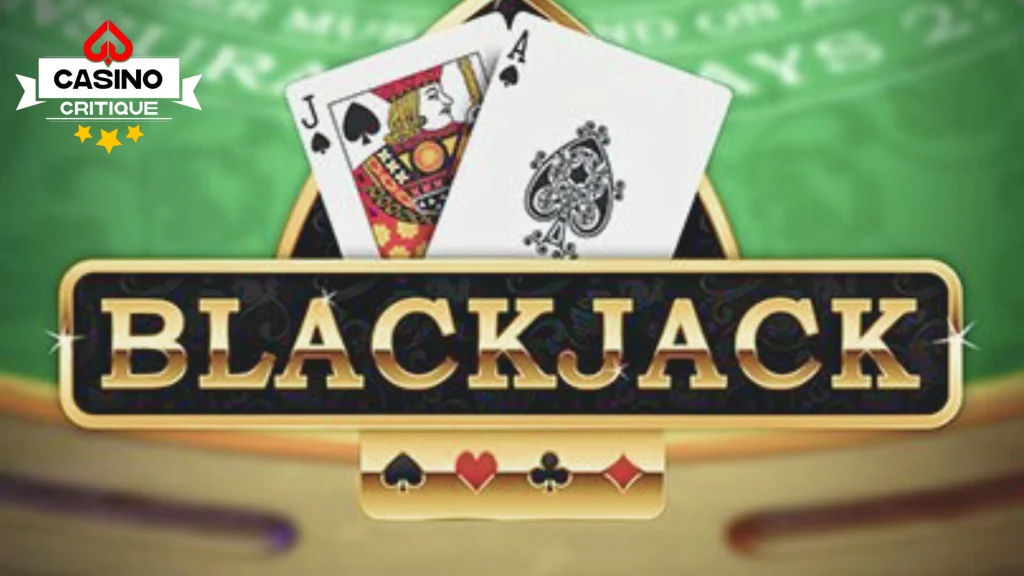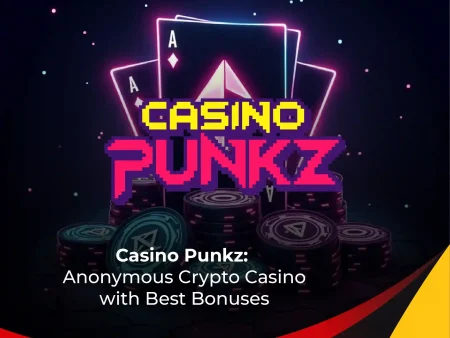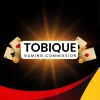Do you love Blackjack or interested in learning more about the game? We’ve got you covered with the latest blackjack terminology you need to know when playing the game.
This term is important to know and understand, especially when you want to play like a master and take control of the blackjack table. It’s always clear that when playing any game, the more you know, the better advantage you’ve to win the game.
Without further ado, let’s get straight to the point and explain some of the basic blackjack terminologies.

Table of Contents
Basic Blackjack Terms
These essential terms cover the core components of blackjack, providing the foundation for understanding how the game is played and what happens at the table.
- Blackjack: The game’s name and the best possible hand, achieved with an Ace and a 10-value card (like a King or Jack) for a total of 21. This hand often pays 3:2.
- Bust: When a player or dealer’s hand goes over 21, leading to an immediate loss of the round.
- Shoe: A device that holds multiple decks of cards, allowing the dealer to draw cards smoothly during play.
- Deck: A standard set of 52 cards. Blackjack games often use several decks (e.g., 4, 6, or 8) to keep the game unpredictable.
- Hand: The cards you or the dealer hold in a single round of play.
- Soft Hand: A hand containing an Ace valued at 11, giving flexibility (e.g., Ace and 4 is a soft 15).
- Hard Hand: A hand with no Ace or where the Ace counts as 1, leaving no room for value changes (e.g., 10 and 7 is a hard 17).
- Upcard: The dealer’s visible card, shown face-up, which players use to guide their decisions.
These terms help you understand the game’s structure, from the cards on the table to the goal of beating the dealer without going over 21.
Blackjack Action Terms
Action terms define the moves you can make during a blackjack round. Mastering these allows you to shape your strategy based on your cards and the dealer’s upcard.
- Hit: Taking an extra card to increase your hand’s total, used when you think another card will get you closer to 21 without busting.
- Stand: Deciding to keep your current hand and end your turn, passing action to the dealer or other players.
- Double Down: Doubling your original bet in return for one additional card, typically chosen with strong starting hands like 9, 10, or 11.
- Split: If your first two cards have the same value (e.g., two 7s), you can divide them into two separate hands, each with its own wager.
- Surrender: Giving up your hand and half your bet after seeing your cards and the dealer’s upcard. This option isn’t always available.
- Insurance: A side wager offered when the dealer’s upcard is an Ace, betting that the dealer has a blackjack. It pays 2:1 but is rarely a smart choice.
These actions are the tools you use to navigate each round, balancing risk and reward to outplay the dealer.
Additional Blackjack Terms
This section covers advanced concepts, betting terms, and casino-specific lingo to deepen your blackjack expertise. These terms are perfect for players ready to go beyond the basics.
- Bankroll: The money you’ve dedicated to blackjack, critical for managing bets and avoiding overspending.
- Push: A tie between your hand and the dealer’s, where both have the same total. Your bet is returned without a win or loss.
- Side Bet: Extra wagers, like “Lucky Ladies” or “Perfect Pairs,” that pay out based on specific card outcomes, adding excitement but increasing risk.
- House Edge: The casino’s built-in advantage, typically low in blackjack (around 0.5%) if you play strategically.
- Basic Strategy: A proven set of decisions for every possible hand, designed to reduce the house edge by guiding when to hit, stand, or split.
- Card Counting: A legal but advanced technique to track high and low cards in the deck, helping you adjust bets and decisions. Casinos may ban suspected counters.
- Cut Card: A marker placed in the deck to signal when the shoe will be reshuffled, controlling how many rounds are played.
With these terms, you’ll be equipped to understand complex strategies, manage your funds, and recognize casino practices, making you a sharper blackjack player.
By learning this blackjack terminology, you’ll feel at home at any U.S. casino table or online platform, ready to make smart decisions and enjoy the thrill of the game.
Conclusion
Blackjack has its own language. While advanced and professional players might know these words, new players will need to learn and understand these Blackjack Terminologies to be able to keep up. Above are the terms you’ll often hear when you are playing Blackjack game.













Heya! I realize this is sort of off-topic but I needed to ask.
Does managing a well-established website such as yours take a lot of work?
I am brand new to writing a blog however I do write in my diary every
day. I’d like to start a blog so I can share my experience and thoughts online.
Please let me know if you have any ideas or tips for new aspiring bloggers.
Thankyou!
Hello Machance! Glad to have your interest. Unfortunately yes it does. It needs a lot of efforts. In face you need a team to do different works to continue updating contents. We are working hard for it. I hope you will be able to have your own blog someday and it will be successful.